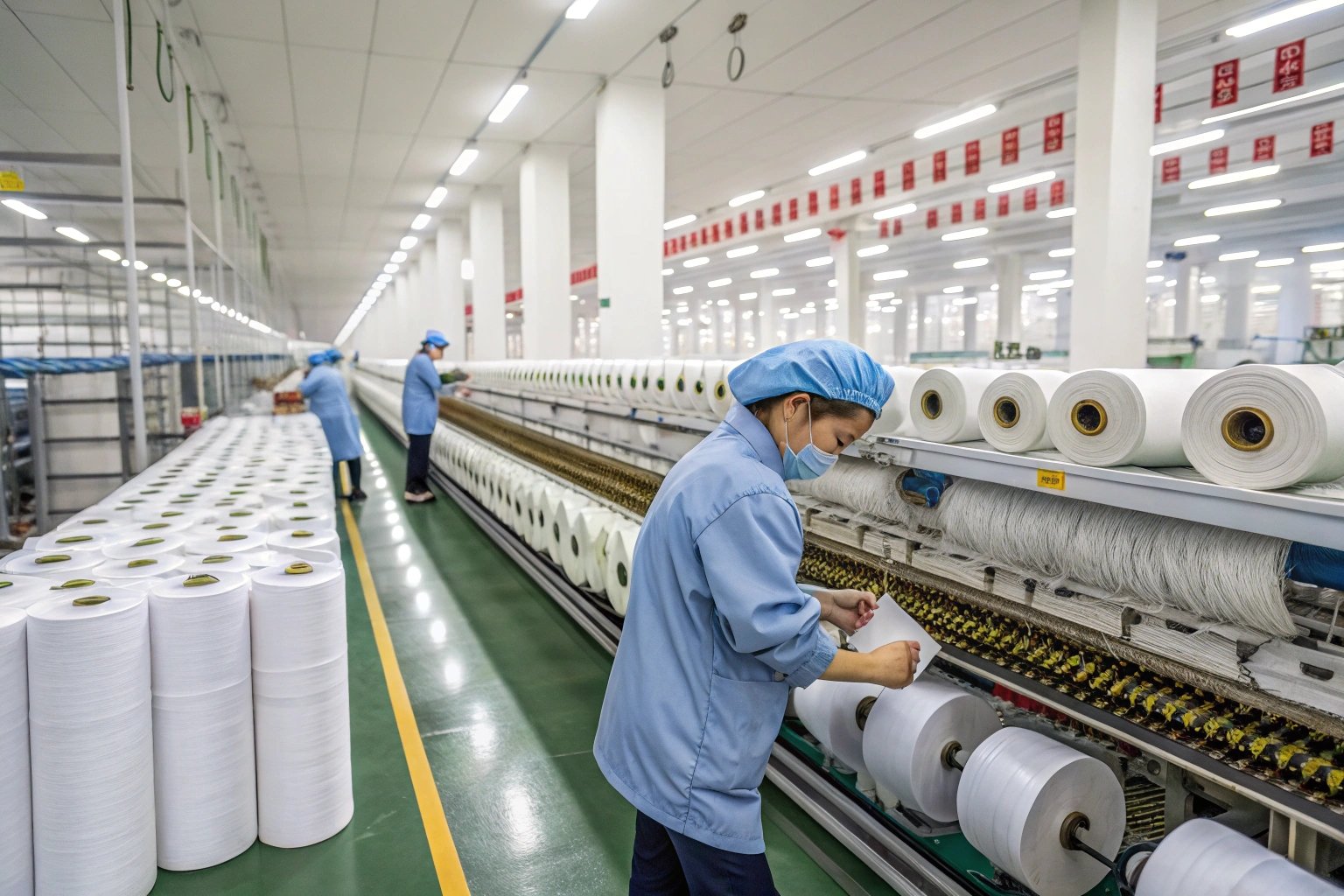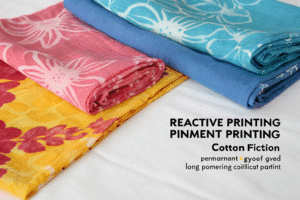In the competitive world of global textiles, every cent counts. Whether you're an apparel brand sourcing for bulk production or a startup looking for sampling reliability, cost control is key. One proven strategy? Working with vertically integrated fabric suppliers who manage everything from yarn spinning to final shipment.
In this article, I’ll explain how vertical integration cuts fabric production costs through faster lead times, reduced markups, better quality control, and smarter logistics—all based on our firsthand experience in Keqiao.
When you consolidate your sourcing chain, the results aren’t just visible in your margins—they’re felt in speed, reliability, and pricing leverage.
What Is Vertical Integration in Fabric Manufacturing?
Vertical integration means a single company controls multiple steps of the production process. Instead of outsourcing spinning, dyeing, or packaging, all these stages happen under one umbrella or in fully aligned partner mills.
For buyers, vertical integration means fewer middlemen, faster response times, and lower per-unit costs across all fabric types.
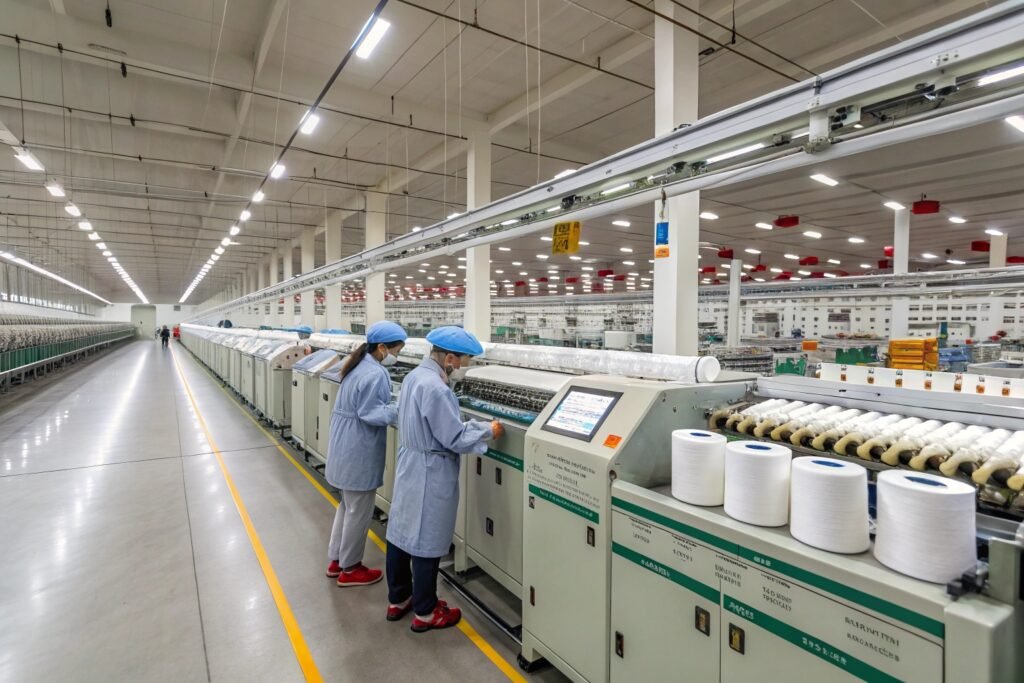
What Are the Typical Fabric Production Stages?
- Yarn preparation (spinning, sourcing)
- Weaving or knitting
- Dyeing and finishing
- Printing or coating
- Inspection and packaging
In non-integrated setups, each step adds margins, delays, and coordination complexity. With vertical integration, we control these in-house or via fixed partnerships, especially in Keqiao’s textile cluster.
How Does This Translate to Cost Savings?
Each removed layer of outsourcing means:
- Reduced logistics between suppliers
- Less communication loss
- Lower defect risks
- No additional markups
For example, having dyeing and finishing in-house allows us to color match and lab dip with zero courier cost or third-party delays.
How Does Vertical Integration Improve Lead Time?
Time is money in apparel. When lead times stretch, sampling delays and missed order windows cost more than just labor—they cost market opportunities.
Our vertical setup shortens the typical 45-day timeline to as little as 20–25 days from design approval to bulk shipment.
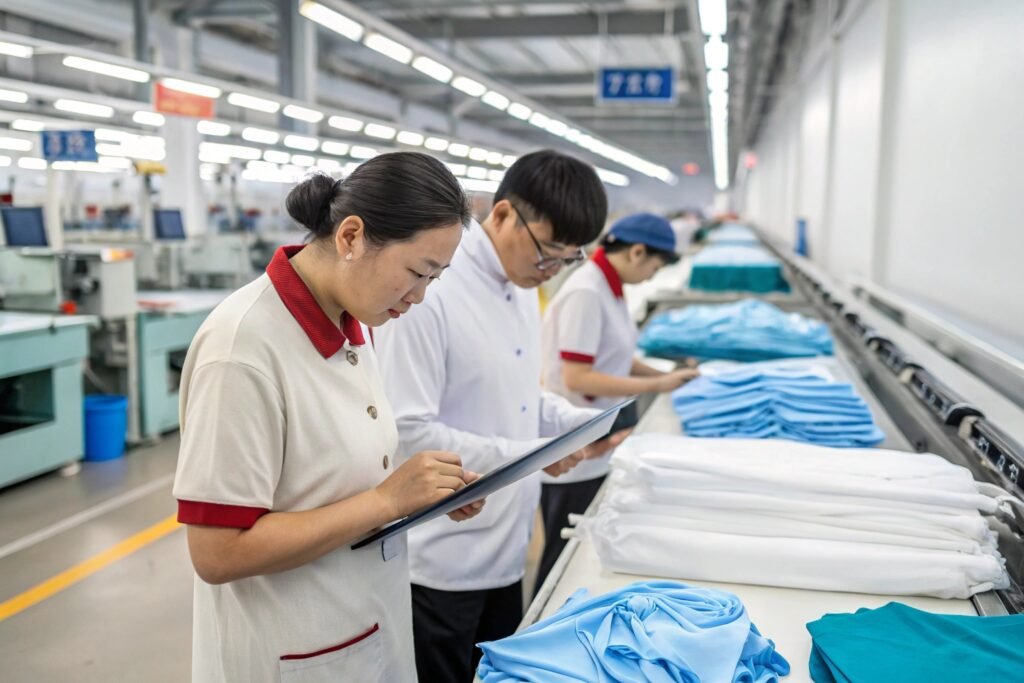
How Much Time Can Be Saved?
| Stage | Traditional Lead Time | Vertical Integrated Lead Time |
|---|---|---|
| Yarn sourcing | 5–7 days | 1–2 days (in stock) |
| Dyeing & Finishing | 8–10 days | 3–5 days |
| Printing | 5–8 days | 2–4 days |
| Final inspection | 2 days | 1 day |
By overlapping steps—for example, running sample yardage while the base fabric is still weaving—we gain speed without sacrificing quality.
Why Is This Critical for Fashion Brands?
Seasonal drops, e-commerce flash collections, and even sustainability capsules depend on responsiveness. Our clients value the ability to switch colorways or fix test reports within 24 hours instead of waiting on outside mills.
How Does It Lower Quality-Related Losses?
Each production hand-off is a risk. The more facilities involved, the more potential for color mismatches, fabric defects, or finish miscommunication. Vertical integration reduces this risk by centralizing accountability.
We track every roll from greige fabric to final packaging using QR-coded batch records, ensuring consistent testing and real-time issue solving.
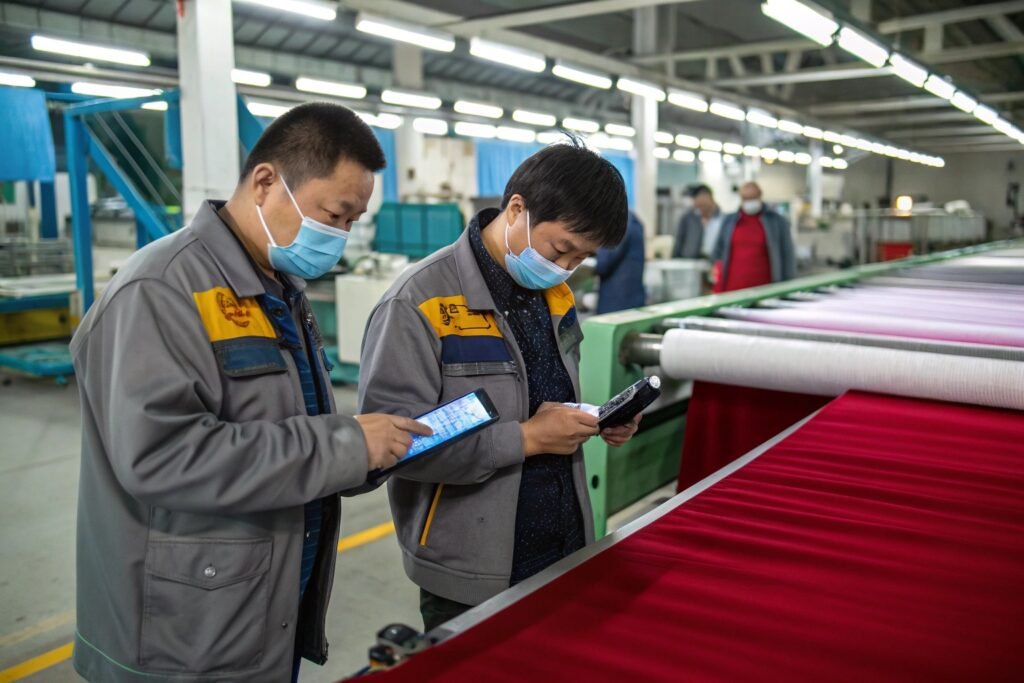
What Are the QC Advantages?
- CNAS-certified testing done on-site
- Same-lot control across dyeing and finishing
- Immediate adjustment when color, GSM, or shrinkage deviate
- Consolidated audit reports per batch
For example, if a moisture-wicking fabric fails the AATCC 195 test, our lab notifies the dyeing team within 2 hours for a formula tweak—no reshipping required.
How Does It Reduce Waste?
Vertical setups prevent waste at every stage:
- Early correction of minor defects
- Fewer rejections at packing
- Lower sampling scrap due to better consistency
This adds up to significant savings over thousands of meters, especially for high-value technical fabrics or sustainable blends.
What Are the Logistics and Financial Benefits?
Shipping delays and financial surprises eat into profits. Vertically integrated factories reduce both by coordinating logistics directly from the production floor.
We load containers at our facility, use bonded zones in Keqiao, and offer DDP/FOB terms with faster customs prep and reduced warehousing costs.
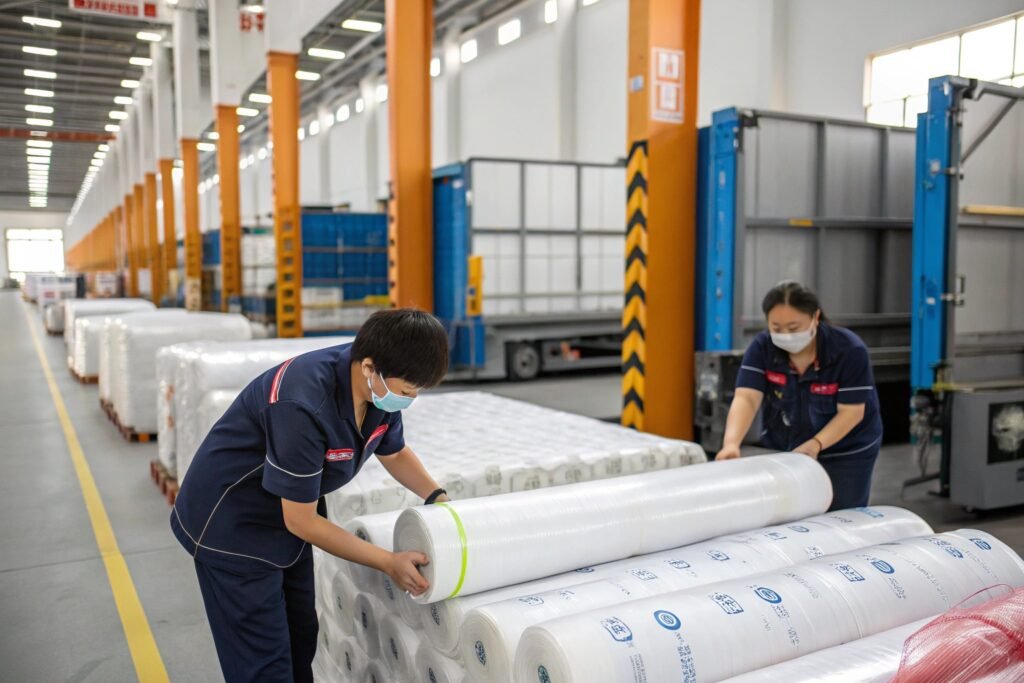
How Is This Financially Advantageous?
- Fewer invoices: One bill covers all
- Reduced shipping gaps: No delays between dye house and warehouse
- Cash flow certainty: Predictable billing and batch consolidation
- Customs support: Unified HS codes and test docs per roll
Compared to factories that outsource dyeing and must pay 30–50% upfront to separate vendors, we retain financial control across the cycle.
Can You Combine Low MOQ with Vertical Integration?
Yes. We offer low-MOQ programs (as low as 100m per color) thanks to digital stock systems and internal scheduling buffers. This helps startup brands tap into full-service manufacturing without high financial risk.
We also coordinate with freight forwarders to consolidate fabric, packaging, and accessories into a single shipment.
Conclusion
Vertical integration isn’t just a buzzword—it’s a real cost-saving strategy that simplifies communication, speeds up production, ensures quality, and reduces financial risk. For brands seeking consistency and margin control, working with a supplier who handles everything from yarn to shipment makes all the difference. At Fumao Fabric, our integrated setup in Keqiao allows us to offer speed, reliability, and pricing power that few standalone mills can match. Let’s build your next collection—faster and smarter.

